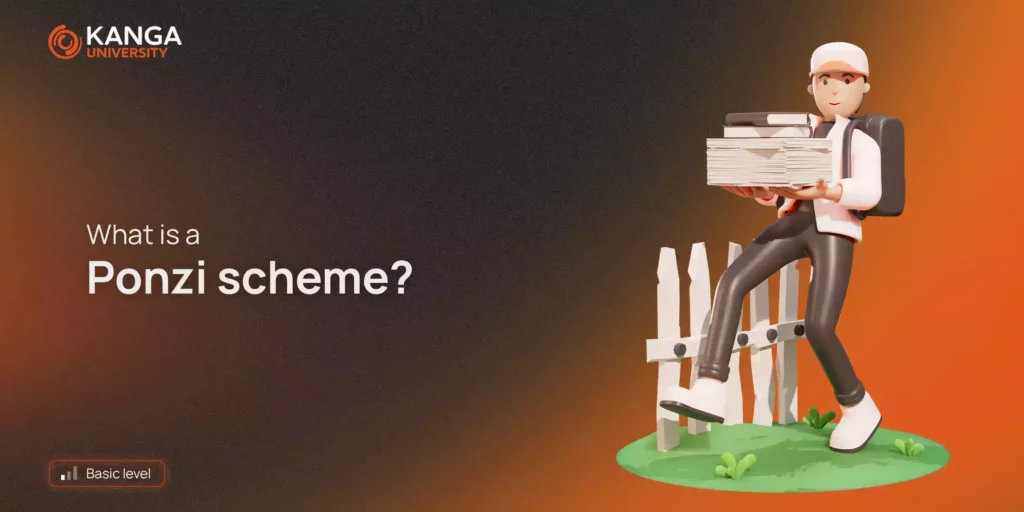
In the cryptocurrency industry, one often hears about the term ‘Ponzi scheme’. Well, even in February this year, the deputy governor of an Indian bank stated that digital assets themselves are similar to it and should be banned. However – is it really? And what exactly is this denied Ponzi scheme…? We will answer these questions in today’s article.
Ponzi schemes – definition
A Ponzi scheme is nothing more than a large-scale investment scam. It promises investors a high rate of return, with little risk. How does it work? It repays older investors with money collected from new investors. As a result, investors at the bottom of the blacklist – the newest ones – may never see their profit.
The companies that have decided to take part in this illegal procedure focus all their energy on attracting as many new clients as possible to their investment.
And now a few words of history. The definition owes its name to a fraudster – Charles Ponzi. He became famous in 1920. In contrast, the first examples of investment scams using the scheme date back to the mid- to late 19th century.
How the scheme works using an example
You are an investor. You are approached by a person who promises you a substantial profit, e.g. PLN 2 000 000 in a short period of time. In fact, he or she even promises to pay you back your investment with an interest rate of 20% within the next 30 days. You do not analyse the subject – you agree. Within 30 days, when your repayment is due, the mystery person persuades three more people to invest. On the repayment date, he hands over your £2,000 + the interest he has earned from the new three investors. He will probably invite you to reinvest. Through such actions, the scheme loops around and can function. As it grows, the mysterious person has to keep finding new investors who, unaware, will join the procedure. Otherwise, he will not be able to repay the other members of the scheme. As a result, after some time, the project will cease to function and be viable. The mysterious person will be caught by the authorities or disappear with the investors’ money.
Are cryptocurrencies a Ponzi scheme?
When we think deeper and analyse, the answer is simple — no. Unfortunately, there are projects that are based on cryptocurrencies but have been created according to this scheme. They are popular mainly in poorer countries, where access to the Internet to do your own research is limited (Malaysia, India, Thailand). Unfortunately, they are also sometimes recommended among the Polish community, so be sure to do your research on the project you want to invest your funds in.
Summary
You have learned today what a Ponzi scheme is all about. This is very important knowledge, which you will certainly use when researching and before taking risks. Remember that any form of investment where someone promises you millions of coins in a short period of time with virtually no risk is probably fraudulent. Never invest in something you are not familiar with or do not understand. Good luck!
Make your first steps on the market with Kanga Exchange